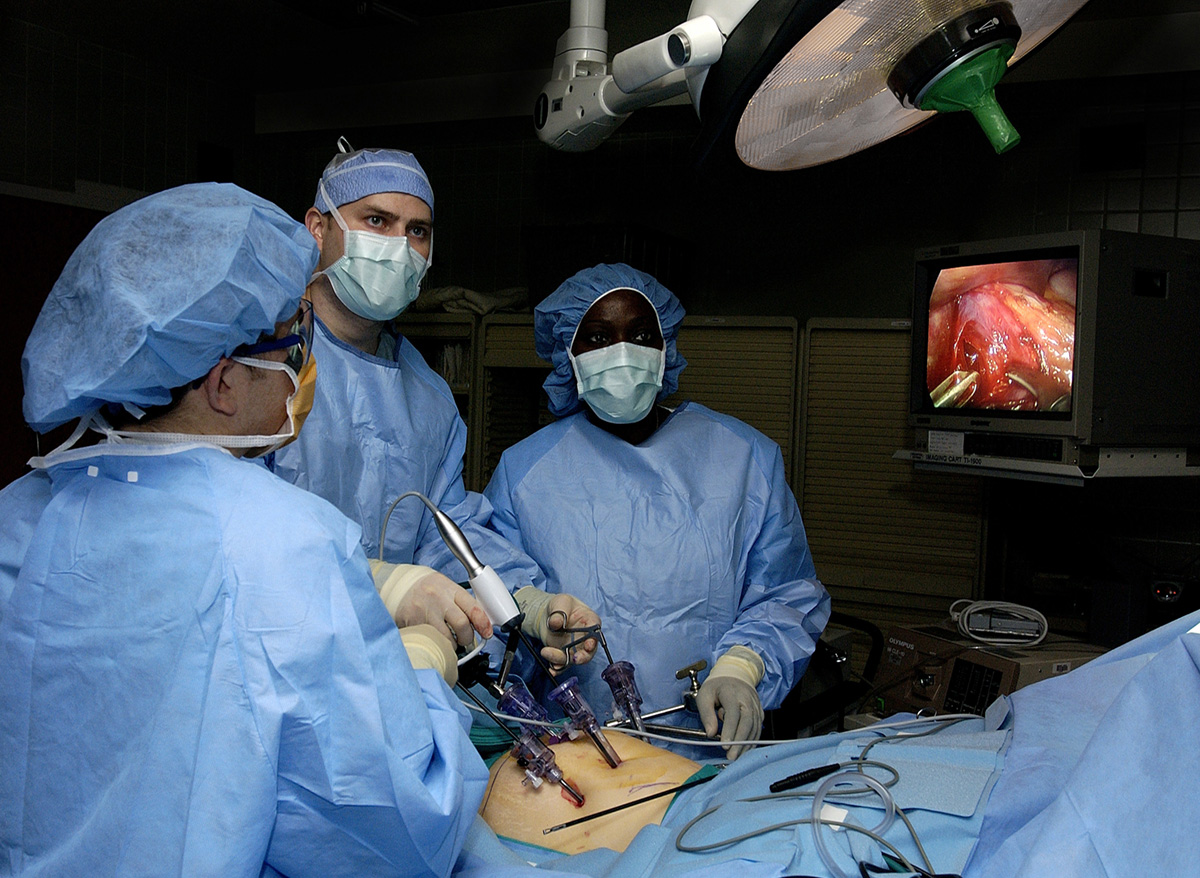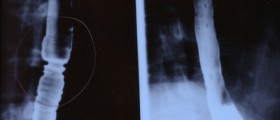
Gerd
GERD occurs when the esophageal sphincter, which is supposed to keep the contents of the stomach from flowing back into the food pipe, loosens and starts letting acid in, which causes the symptoms.
In some cases it requires a surgery. The candidates for GERD surgery by fundoplication are patients who have inflamed esophagus, whose symptoms persist even after the anti-reflux medication or patients who are not able to gain weight, especially children. Patients with limited ability of stomach muscles to move spontaneously have little to no benefit from fundoplication.
The standard surgical procedure for GERD is fundoplication. Its goal is to strengthen the esophageal sphincter and this prevent reflux and also to repair any possible hiatal hernia.
Two primary approaches for fundoplication are the Open Nissen Fundoplication and laparoscopic Fundoplication. Their degree of effectiveness is fairly similar and it is estimated that 90% of patients were satisfied with the procedure even after five years. There are, however, some limitations and post-op problems. For example, in 2003 18% of the surgical patients still required medications for acid reflux and 38% of them had new symptoms.
Other surgical procedures for GERD include endoscopic suturing, implants, radiofrequency and dilation procedures.
Open Nissen Fundoplication
This surgical procedure is considered to be more invasive. It is done via surgical incisions. In this procedure, the surgeon wraps the fundus, which is the upper part of the stomach, around the esophagus making a collar and thus increases the pressure on the sphincter. This keeps the acid from the stomach from flowing into the esophagus.
This procedure requires six to ten days of hospital stay.
Laparoscopic Fundoplication
Today in most cases the open Nissen fundoplication is replaced by a laparoscopic procedure, which is far less invasive.
In laparoscopic fundoplication small incisions are made in the abdomen, through which the surgeon inserts tiny instruments and a camera. Like in Nissen fundoplication, here too the fundus is used to make a collar.
This procedure is safe for persons of all ages, including infants, but some patients, especially if obese or with short esophagus, do not make good candidates for laparoscopy.
Postoperative complications of fundoplication
Complications after these procedures may include a delay in gastrointestinal functioning with bloating, gagging and vomiting, but these problems are likely to resolve in few weeks.
Other complications may include constipation, infection of the wound, injury to other organs, collapsed lung (although this is rare), and muscle spasms after swallowing.

















Your thoughts on this
Loading...